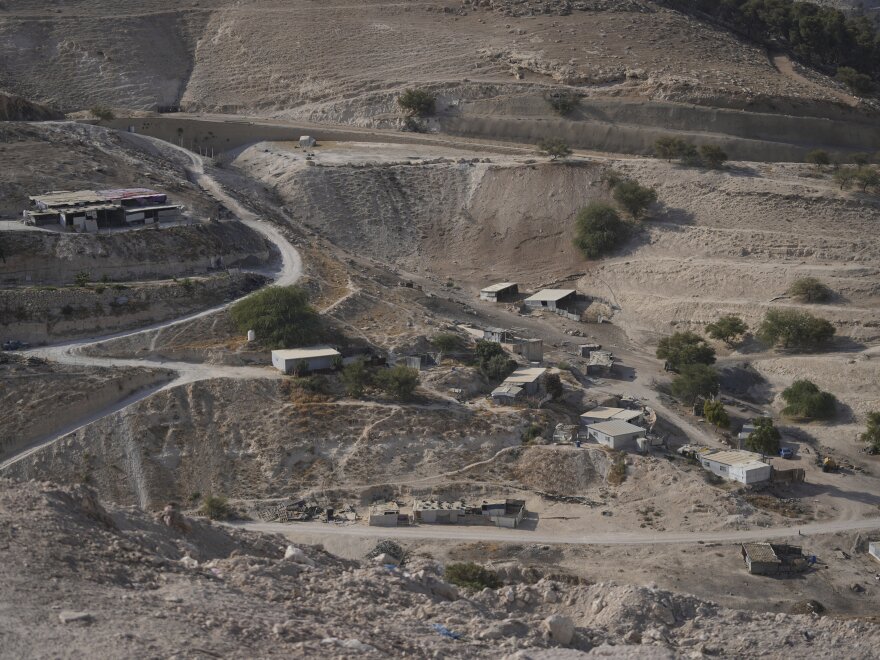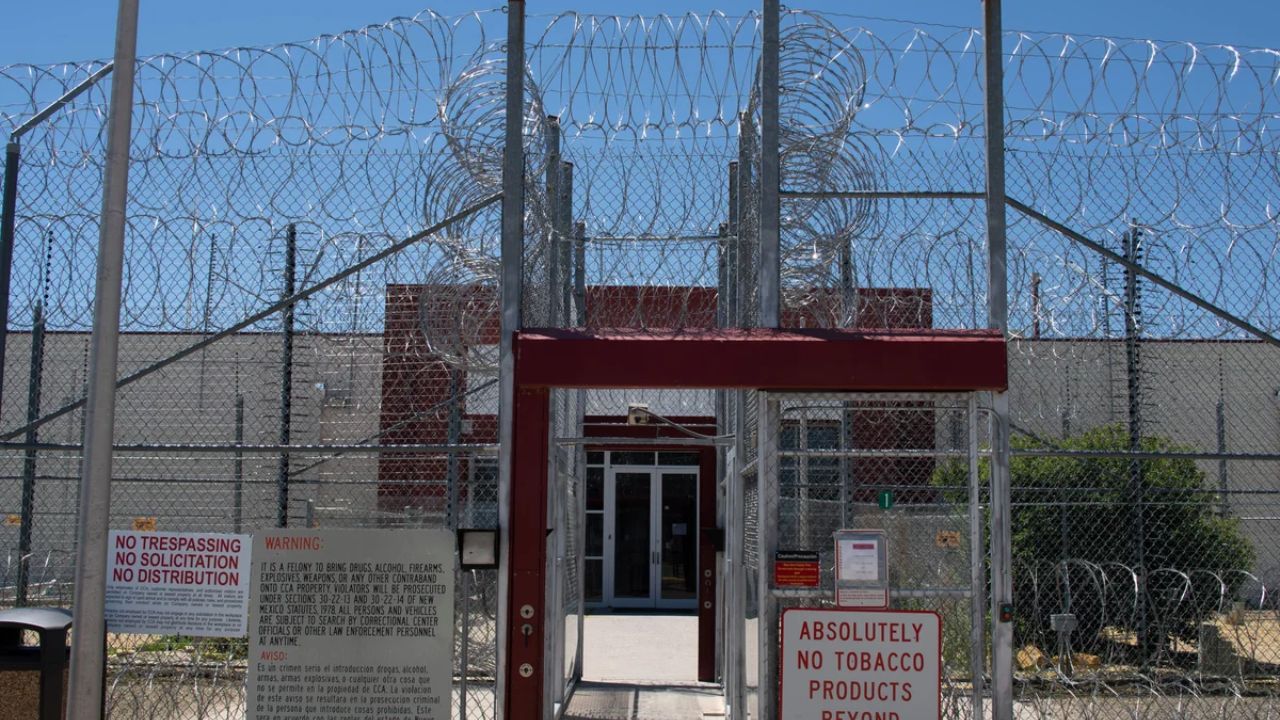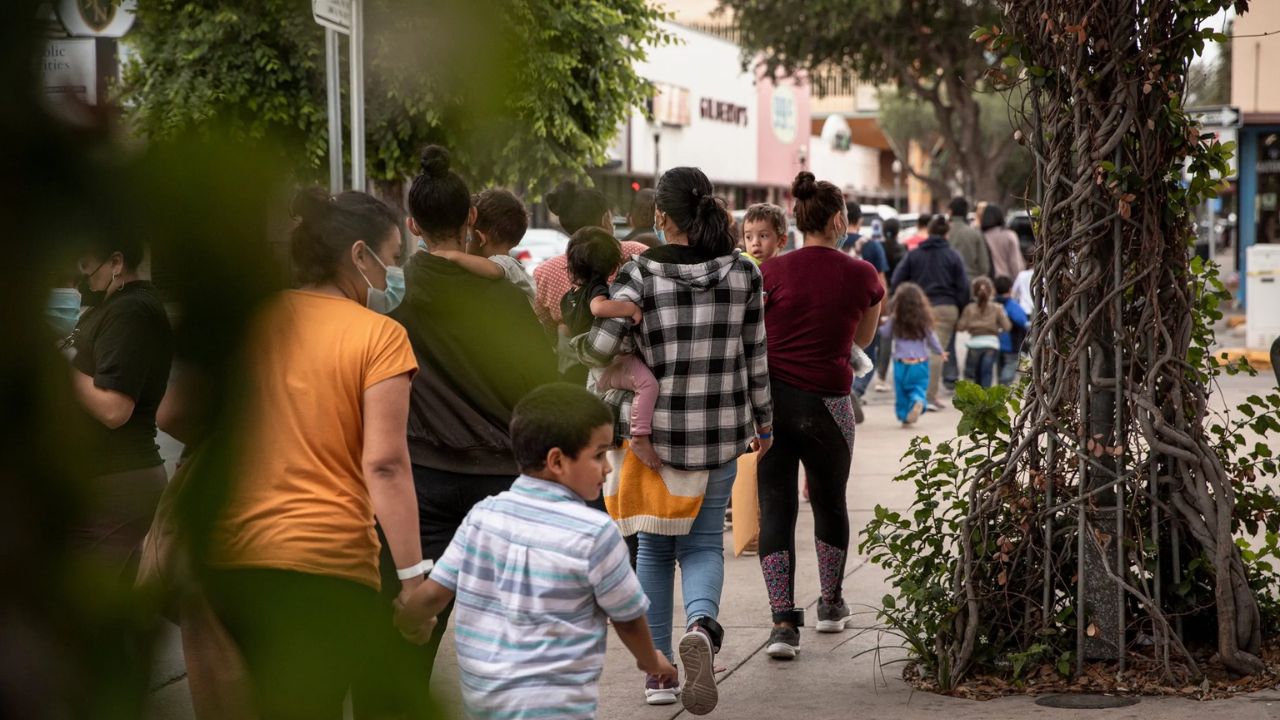Israel’s Tel Aviv A contentious settlement project in the occupied West Bank that would essentially divide the region in two was approved by Israel on Wednesday. Palestinians and rights organizations warn the proposal could dash aspirations for a future Palestinian state.
E1, an open area east of Jerusalem, has been considering settlement development for more than 20 years, but prior administrations’ pressure from the United States prevented it from moving forward. The majority of the international community believes that Israeli settlement development in the West Bank is unlawful and a barrier to peace.
Former settlement leader and far-right Finance Minister Bezalel Smotrich interpreted the approval as a jab at Western nations that in recent weeks declared their intention to recognize a Palestinian state.
“The Palestinian state is being erased from the table not with slogans but with actions,” he stated on Wednesday. “Every settlement, every neighborhood, every housing unit is another nail in the coffin of this dangerous idea.”
In addition to rejecting the idea of a Palestinian state alongside Israel, Israeli Prime Minister Benjamin Netanyahu has pledged to retain unrestricted authority over the occupied West Bank, the annexed east Jerusalem, and the Gaza Strip, which Israel seized in the 1967 war and which the Palestinians desire for their state.
As the world’s focus shifts to the war in Gaza, Israel’s settlement development is part of a growingly grim situation for Palestinians in the occupied West Bank. Israeli military operations, roadblocks that restrict freedom of movement, evictions from Palestinian villages, attacks by settlers on Palestinians, and many Palestinian attacks on Israelis have all increased significantly.
Today, the West Bank and east Jerusalem are home to almost 700,000 Israeli settlers.
Being one of the final geographic connections between the two main West Bank cities of Bethlehem in the south and Ramallah in the north, E1’s location is noteworthy.
Palestinians must take a lengthy detour and go through several Israeli checkpoints on their way between the two cities, which are 22 kilometers (14 miles) apart. The trip takes hours. It was hoped that the area would act as a direct conduit connecting the cities in a future Palestinian state.
“The settlement in E1 has no purpose other than to sabotage a political solution,” stated Peace Now, a group that monitors the growth of settlements in the West Bank. “While the consensus among our friends in the world is to strive for peace and a two-state solution, a government that long ago lost the people’s trust is undermining the national interest, and we are all paying the price.”
In an interview with The Associated Press, U.S. Ambassador to Israel Mike Huckabee was asked about E1 and responded that the Trump administration did not consider discussing a two-state solution a “high priority” and that there were too many unresolved issues over the nature of a Palestinian state. Requests for additional comment were not immediately answered by the State Department.
If everything proceeds as planned, housing construction may commence in about a year and infrastructure development in E1 might start in the coming months. About 3,500 apartments that would border the current Maale Adumim settlement are part of the plan. During the same conference, Smotrich also celebrated the approval of 350 homes for the Ashael village near Hebron.
Theoretically, Israel may eventually dismantle the settlement, as it did with its settlements in Gaza in 2005, but given the overwhelming support for the settlements among Israel’s government and even certain opposition parties, that seems incredibly unlikely right now.
Smotrich and other religious and ultranationalist lawmakers with strong connections to the settlement movement control Israel’s government. The finance minister promised to treble the number of settlers in the West Bank and was given Cabinet-level control over settlement programs.
Copyright 2025 NPR






